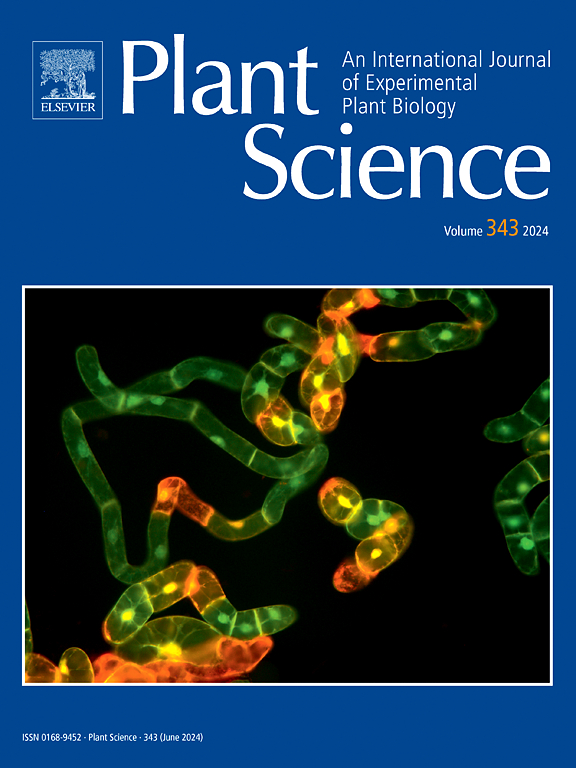Genomics of sterols biosynthesis in plants: Current status and future prospects
IF 4.2
2区 生物学
Q2 BIOCHEMISTRY & MOLECULAR BIOLOGY
引用次数: 0
Abstract
Sterols produced by bacteria and all eukaryotic organisms are essential for membrane functionality and stability. They play a vital role in growth, development and in abiotic stress tolerance. They are involved in diverse responses to biotic and abiotic stresses that lead to providing resistance against multiple diseases. Additionally, sterols serve as defensive compounds against herbivorous insects and animals. Phytosterols derived from plants, improve human nutrition and health and cure different ailments. The biosynthetic pathways for sterols and triterpenes exhibit similarities until the synthesis of 2,3-oxidosqualene. The complexity of sterol pathways increases during the advanced stages of polycyclic structure synthesis, and remain poorly comprehended in plants. This review explores the various omics techniques used to unveil the functions of genes associated with the phytosterol pathways. The study investigates the biosynthetic gene clusters to clarify the structural arrangements of genes linked to metabolic pathways. Both the upstream and downstream genes associated with these pathways, as well as their evolutionary connections and interrelations within the pathways were brought to the forefront. Moreover, developing strategies to unravel the biosynthesis completely and their multi-layered regulation are crucial to comprehend the global roles that sterols play in plant growth, development, stress tolerance and in imparting defence against pathogens.
求助全文
约1分钟内获得全文
求助全文
来源期刊

Plant Science
生物-生化与分子生物学
CiteScore
9.10
自引率
1.90%
发文量
322
审稿时长
33 days
期刊介绍:
Plant Science will publish in the minimum of time, research manuscripts as well as commissioned reviews and commentaries recommended by its referees in all areas of experimental plant biology with emphasis in the broad areas of genomics, proteomics, biochemistry (including enzymology), physiology, cell biology, development, genetics, functional plant breeding, systems biology and the interaction of plants with the environment.
Manuscripts for full consideration should be written concisely and essentially as a final report. The main criterion for publication is that the manuscript must contain original and significant insights that lead to a better understanding of fundamental plant biology. Papers centering on plant cell culture should be of interest to a wide audience and methods employed result in a substantial improvement over existing established techniques and approaches. Methods papers are welcome only when the technique(s) described is novel or provides a major advancement of established protocols.
 求助内容:
求助内容: 应助结果提醒方式:
应助结果提醒方式:


